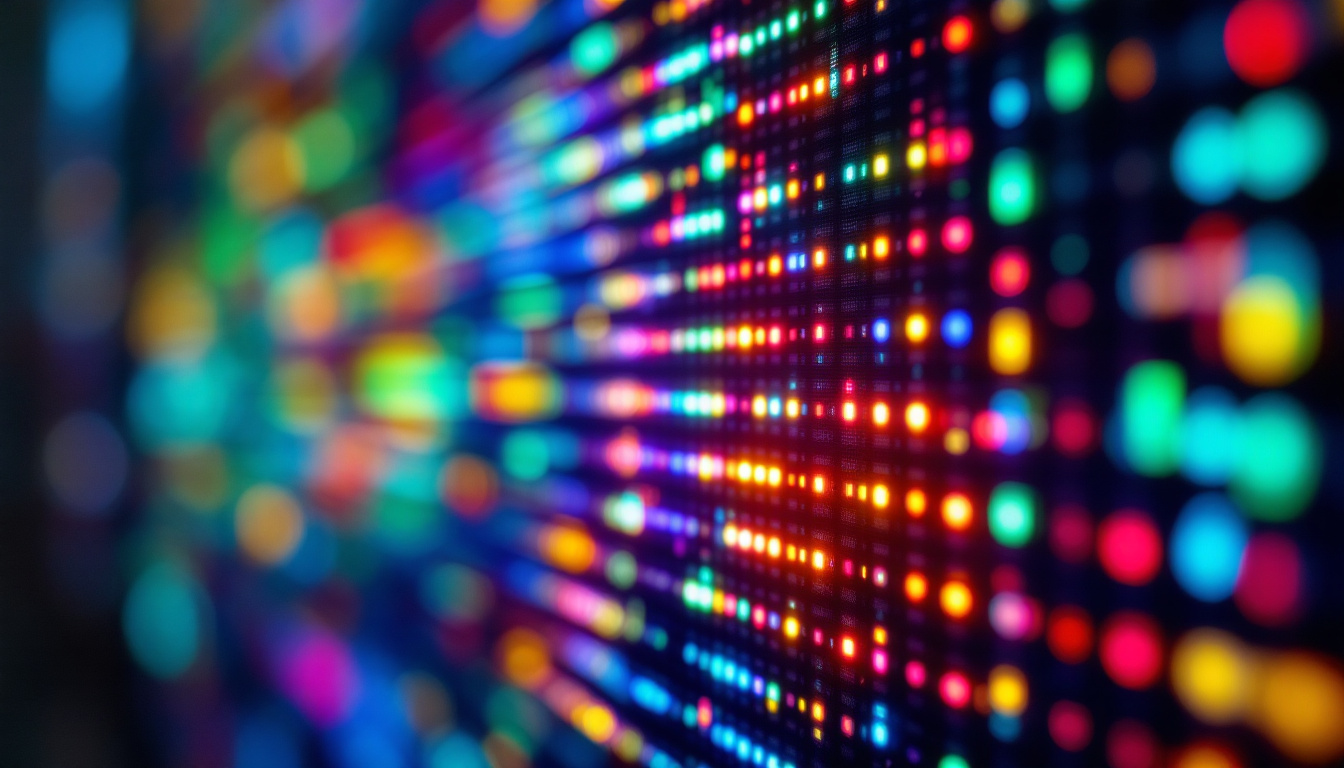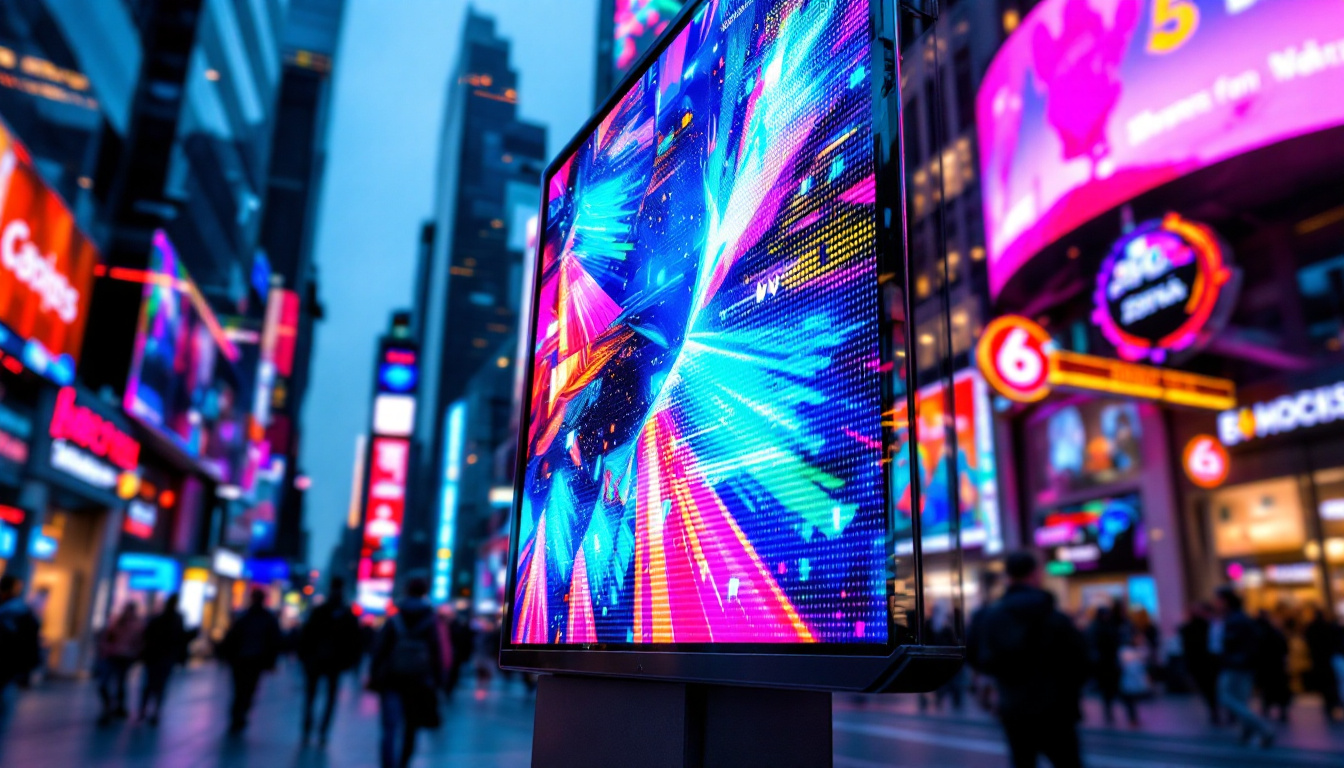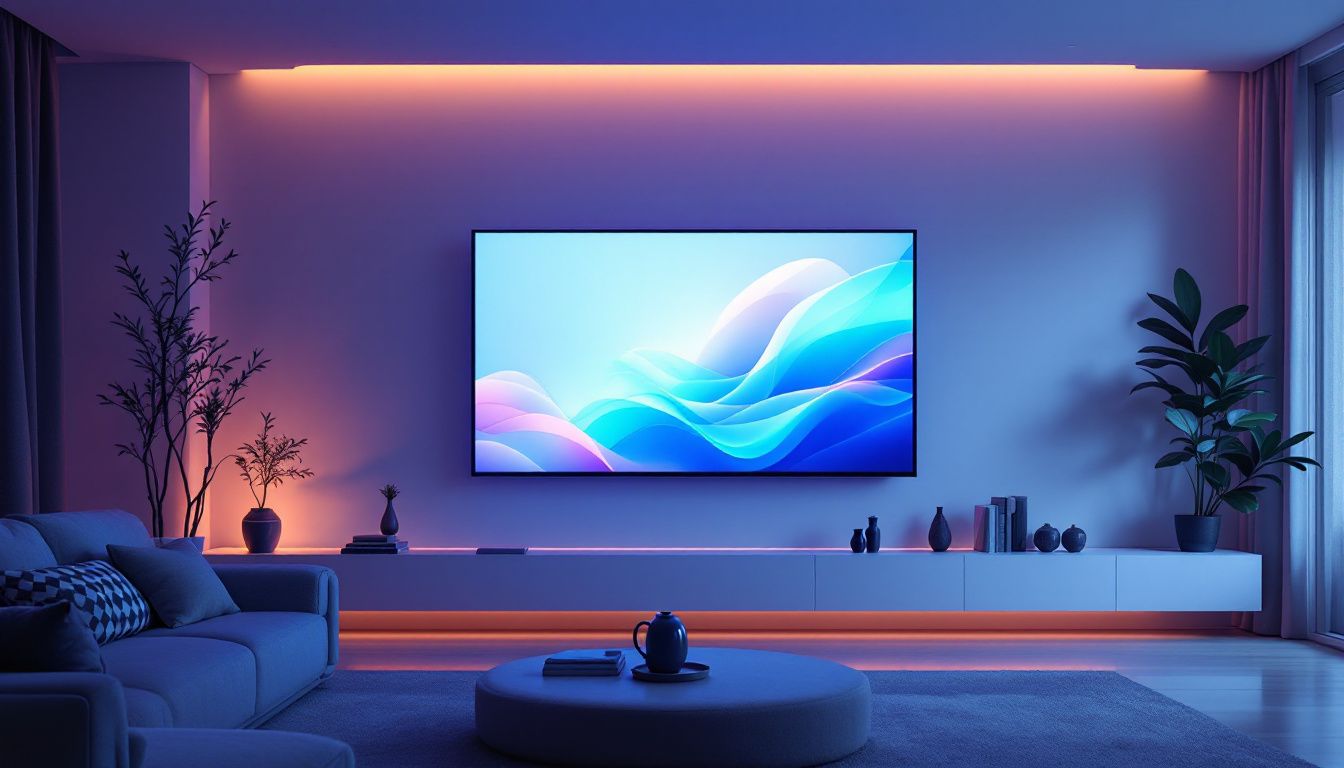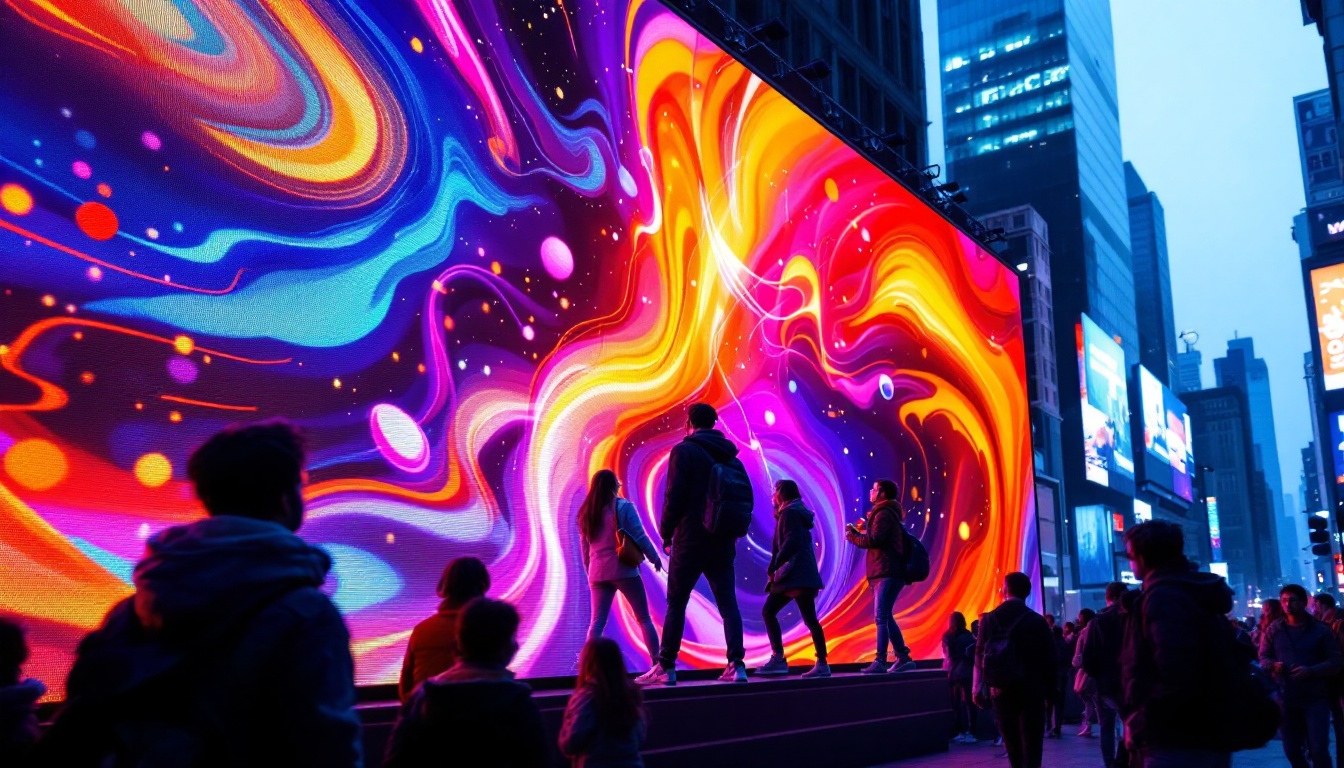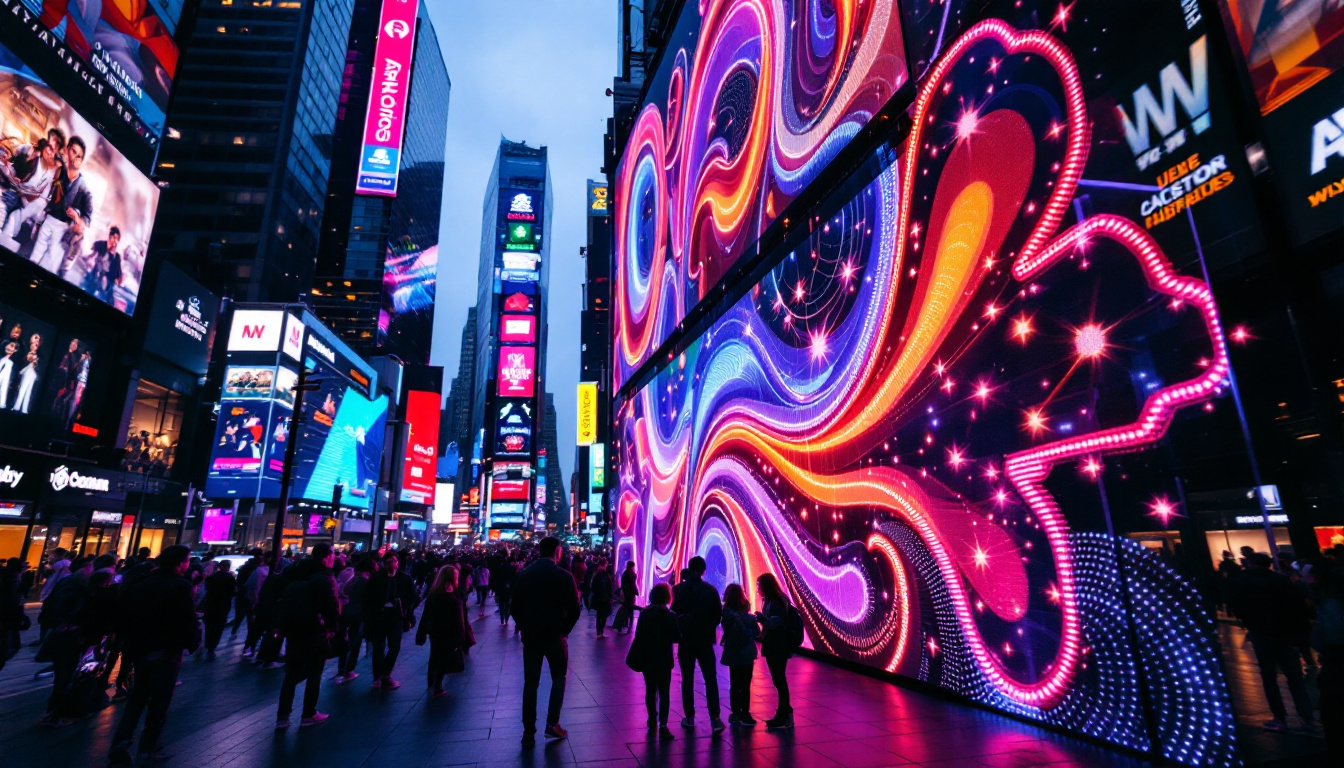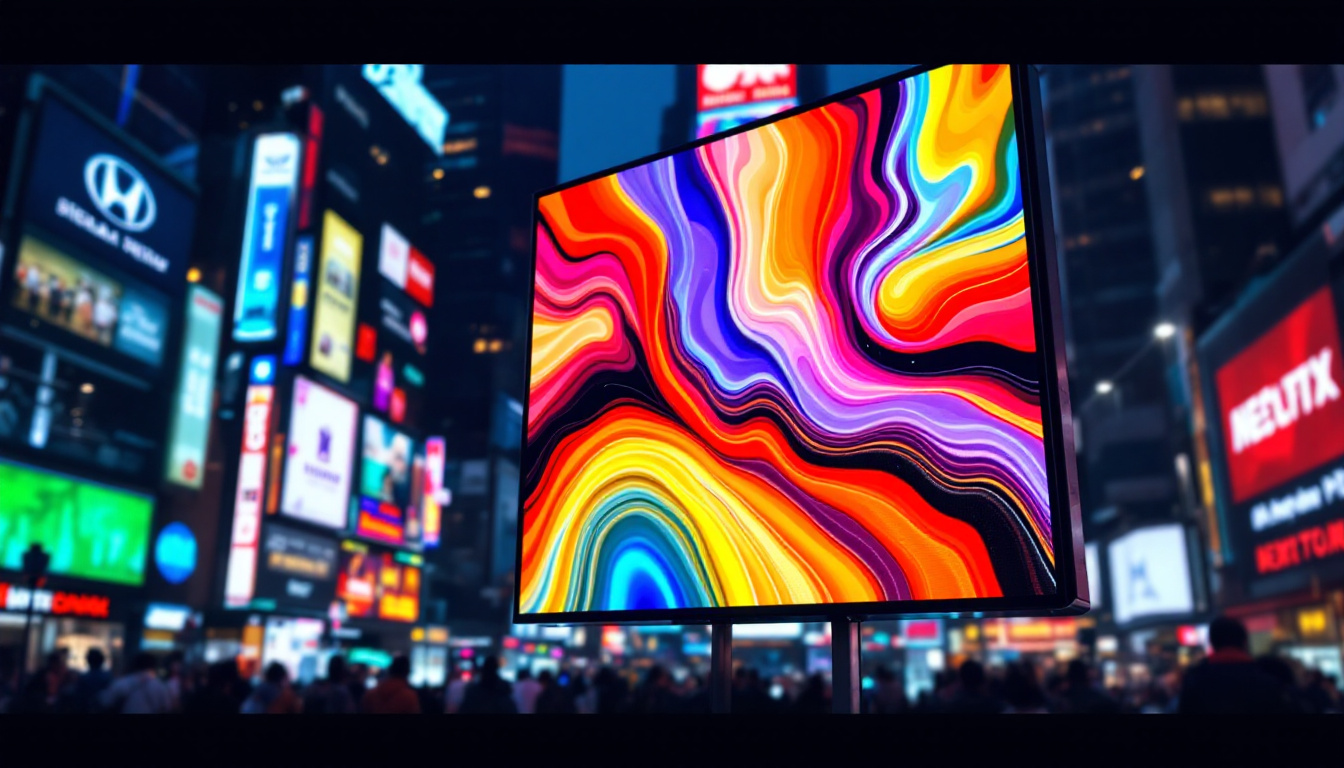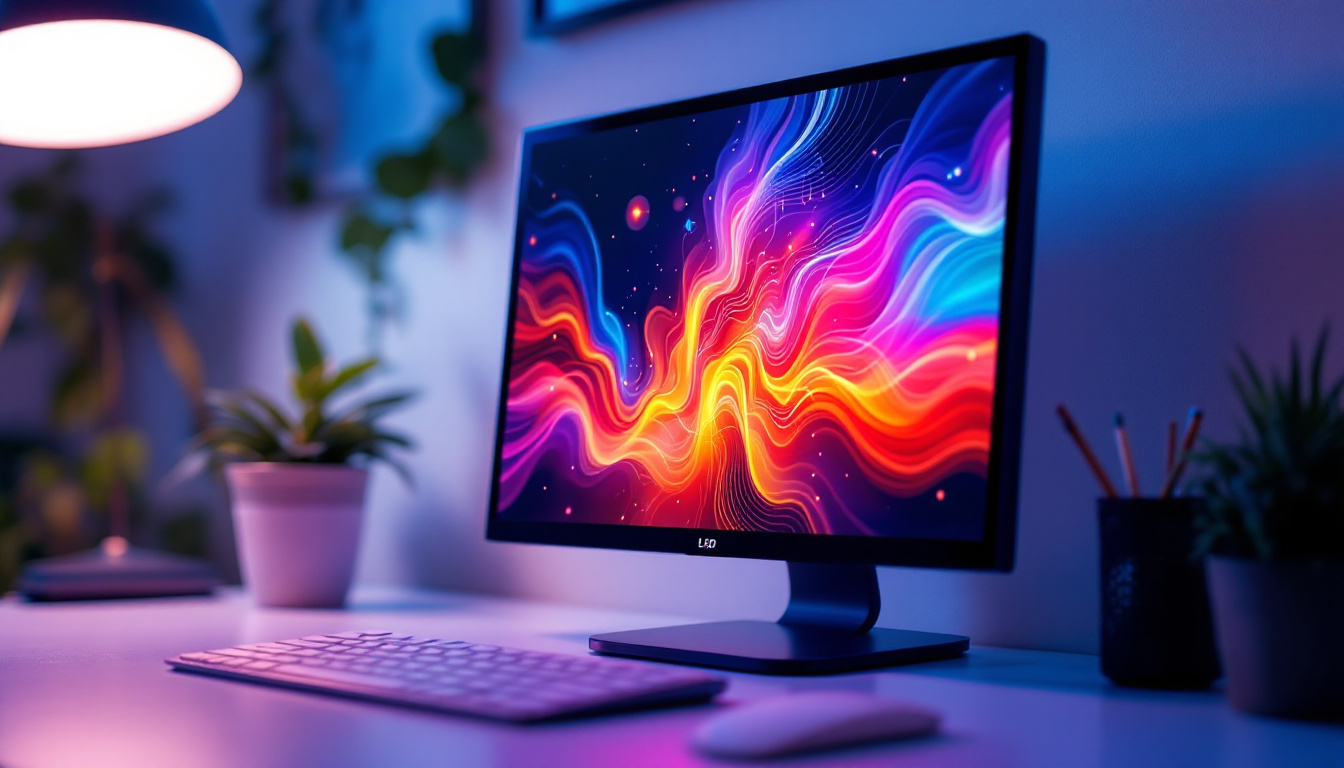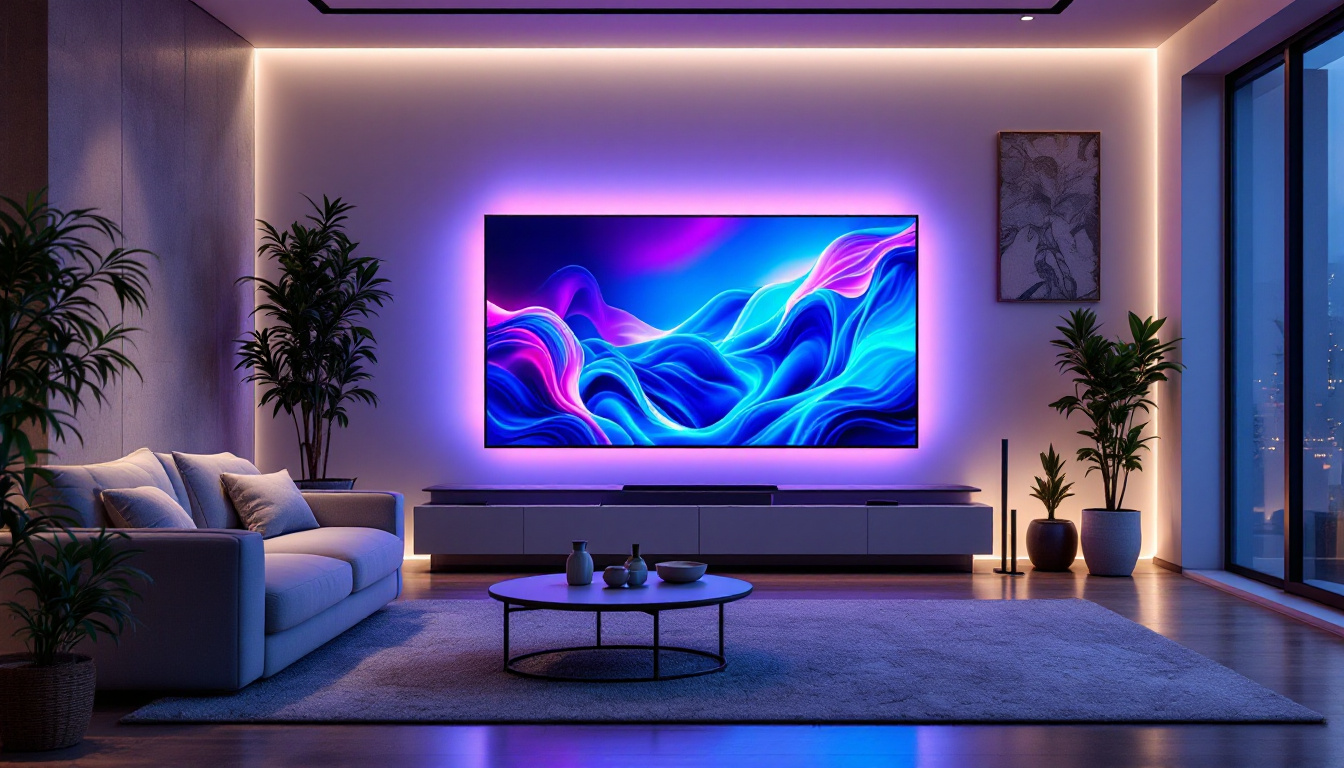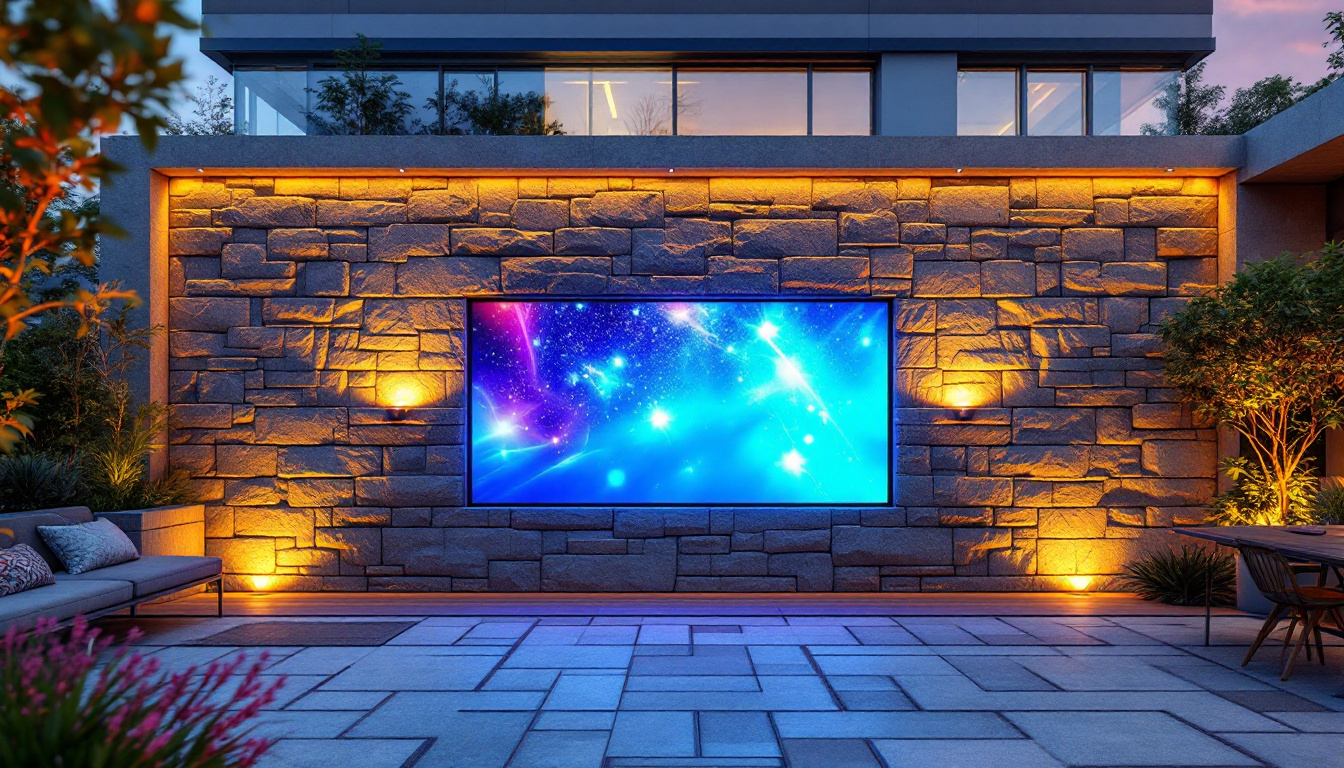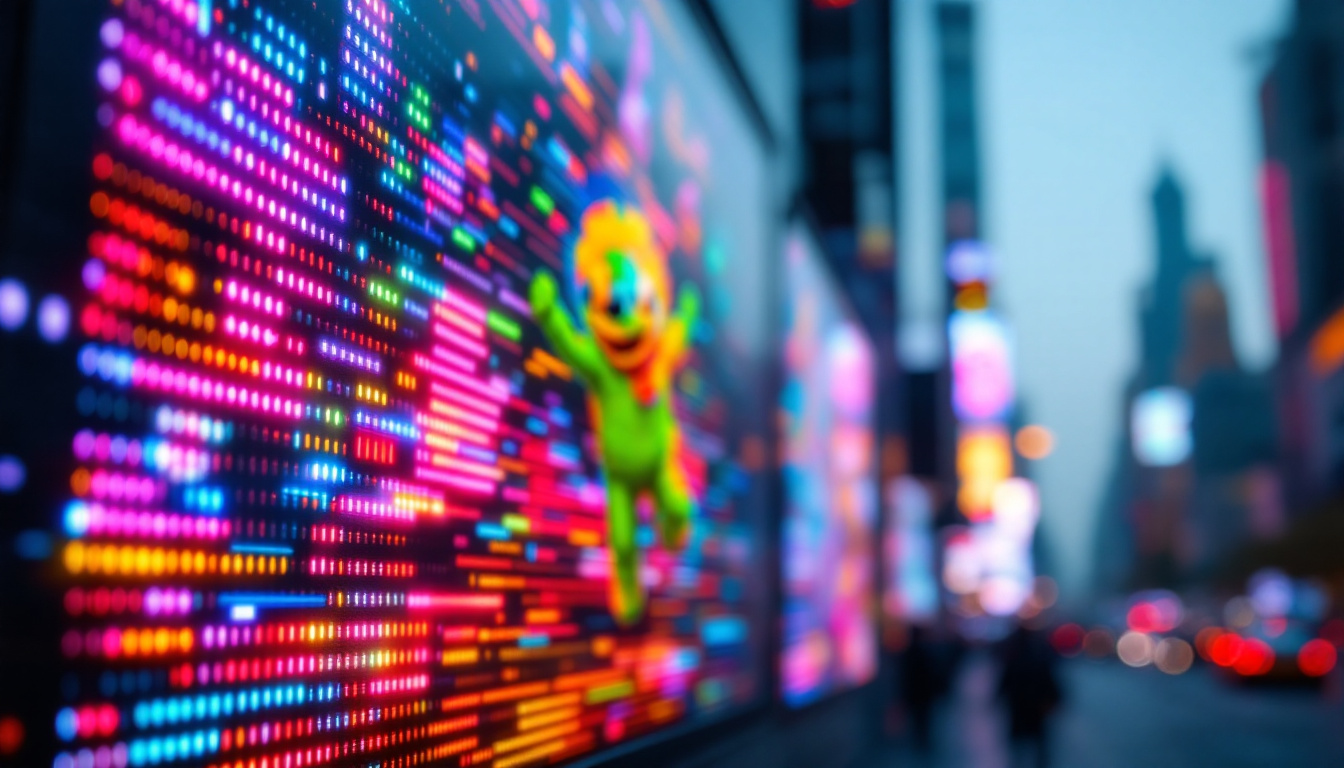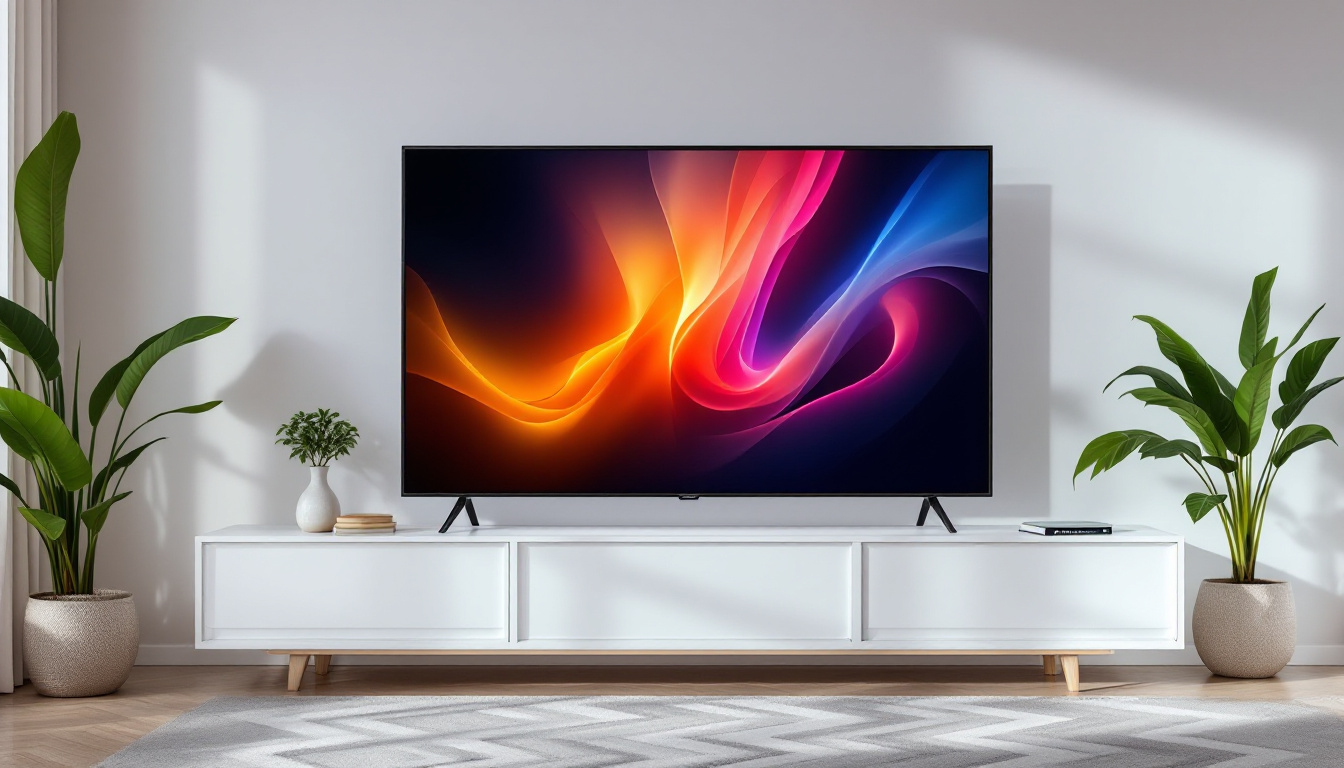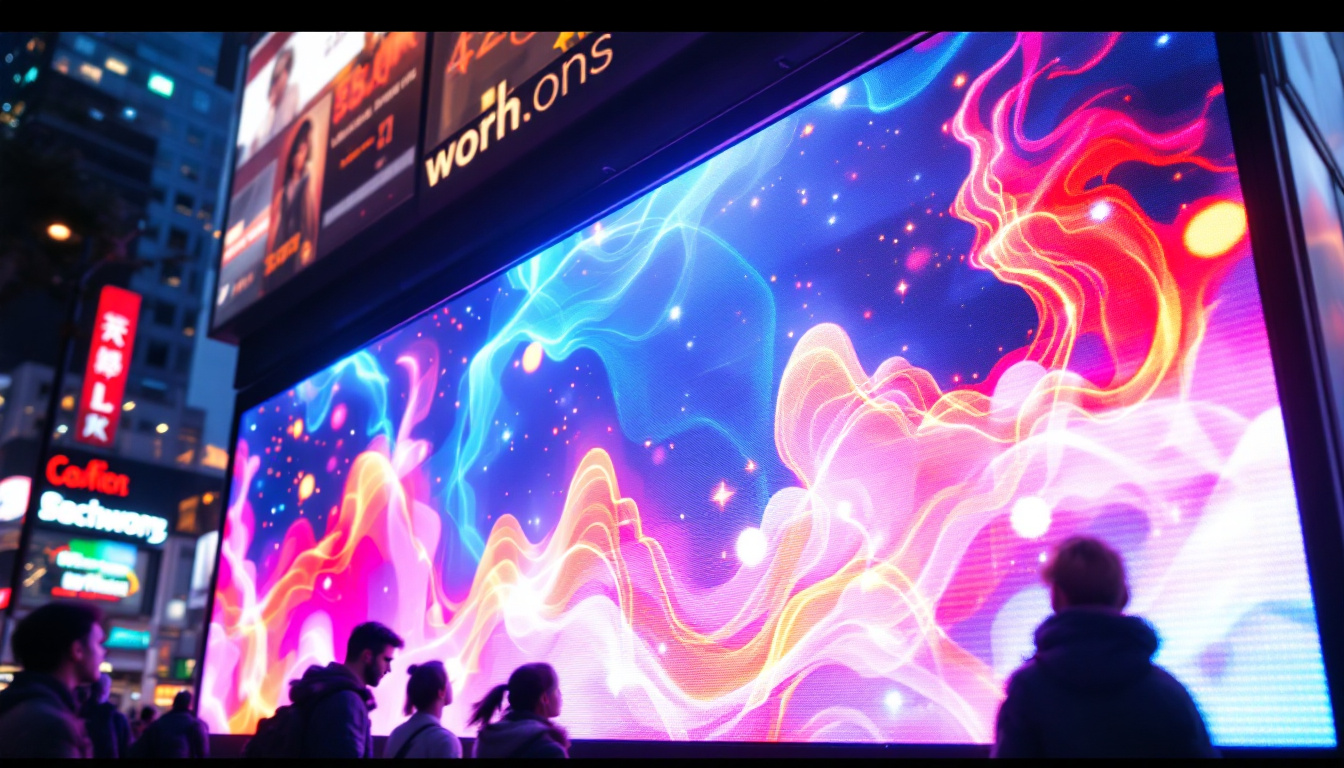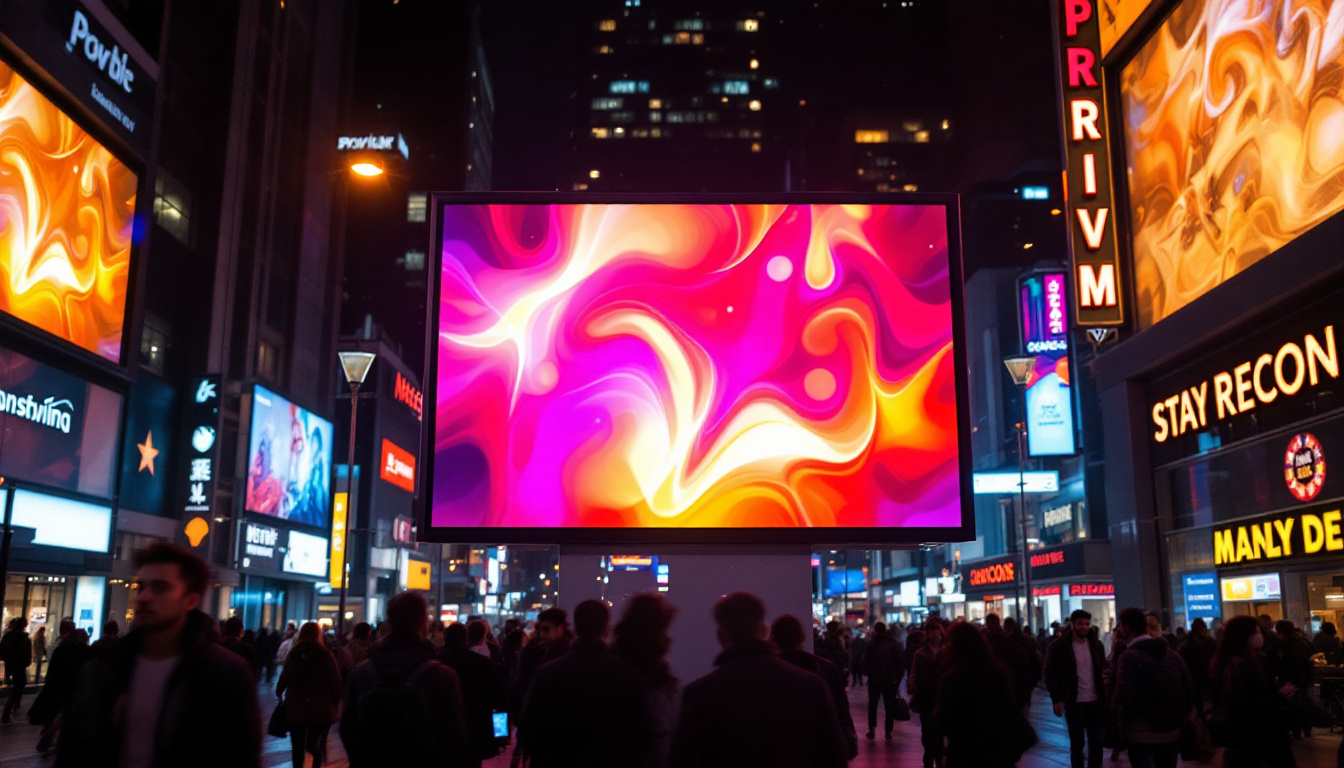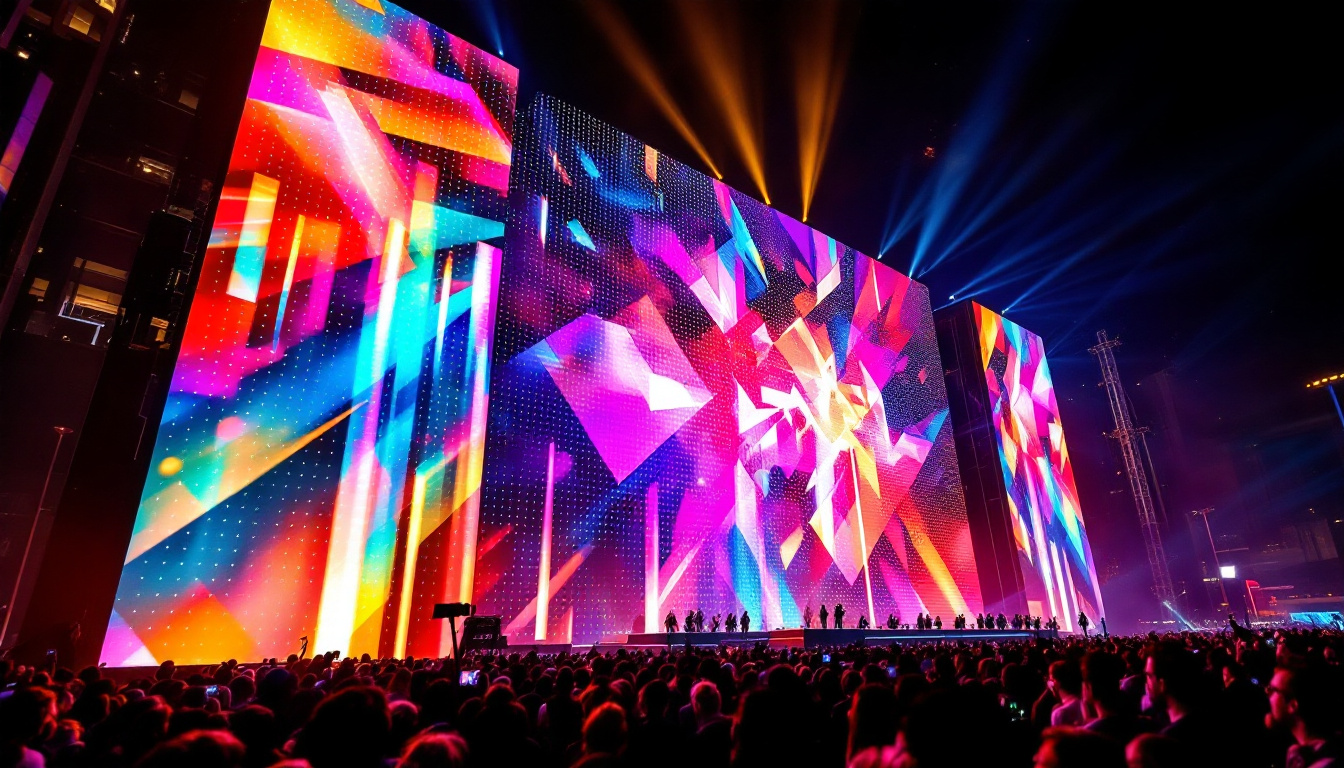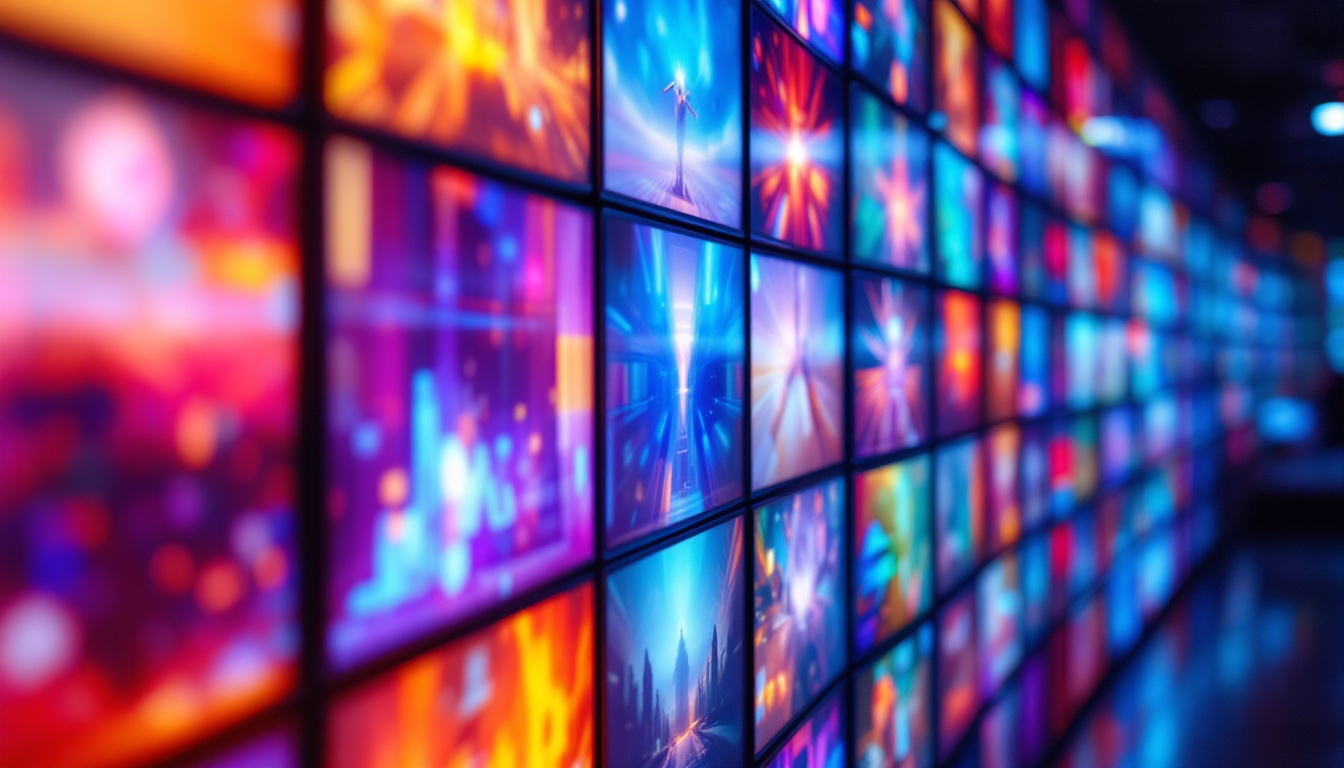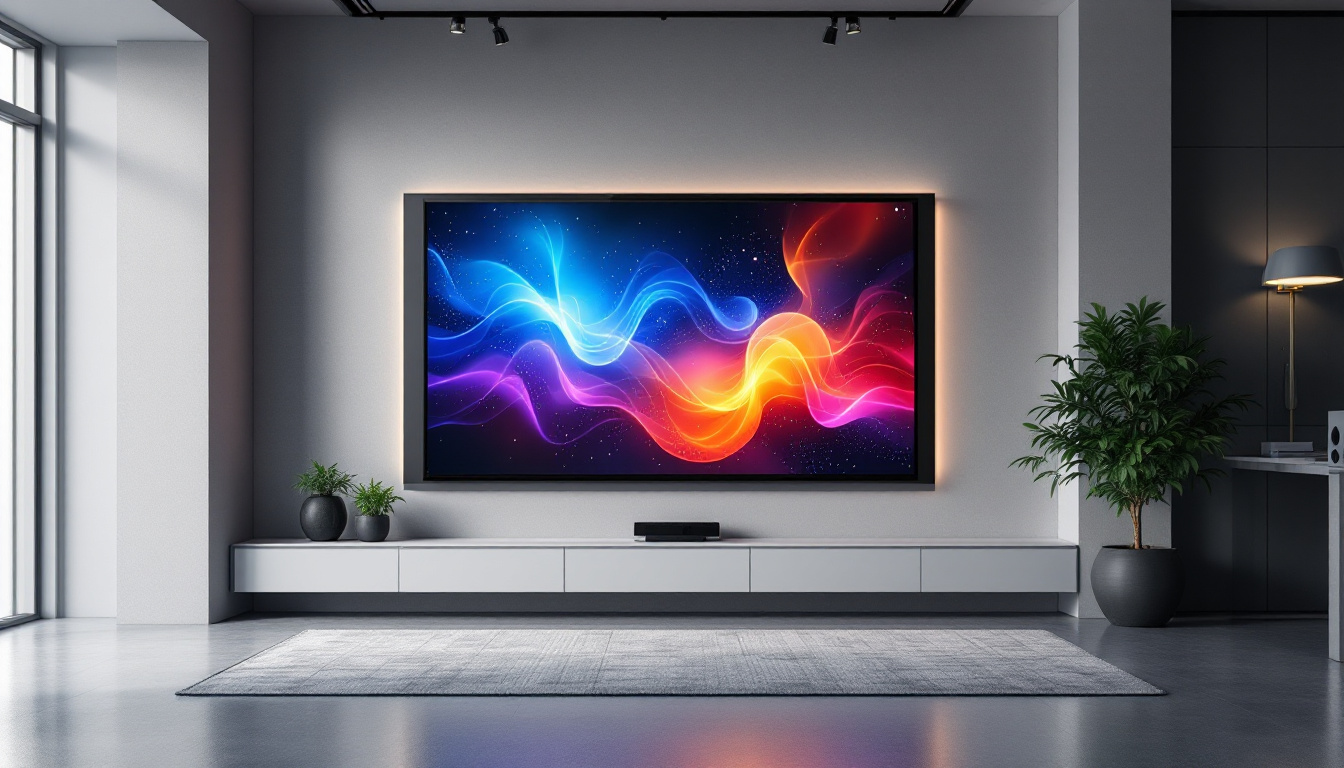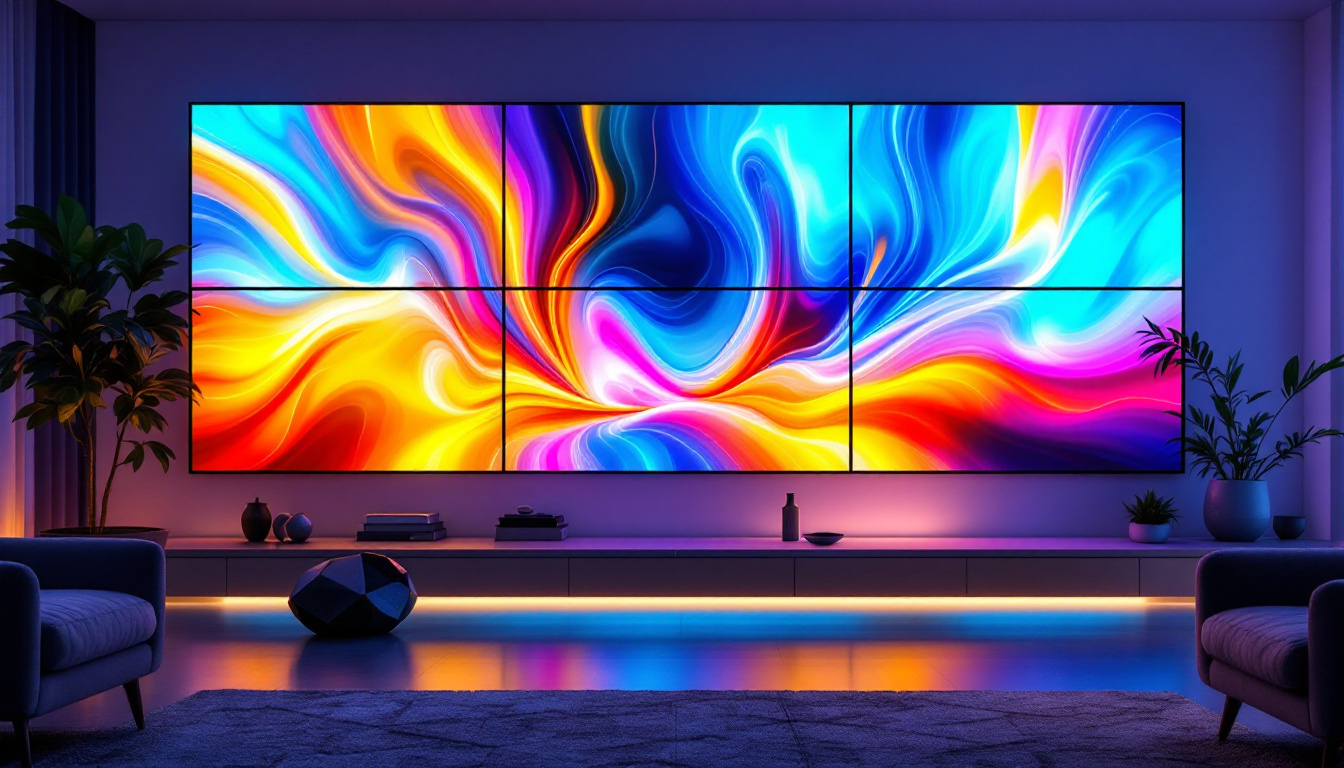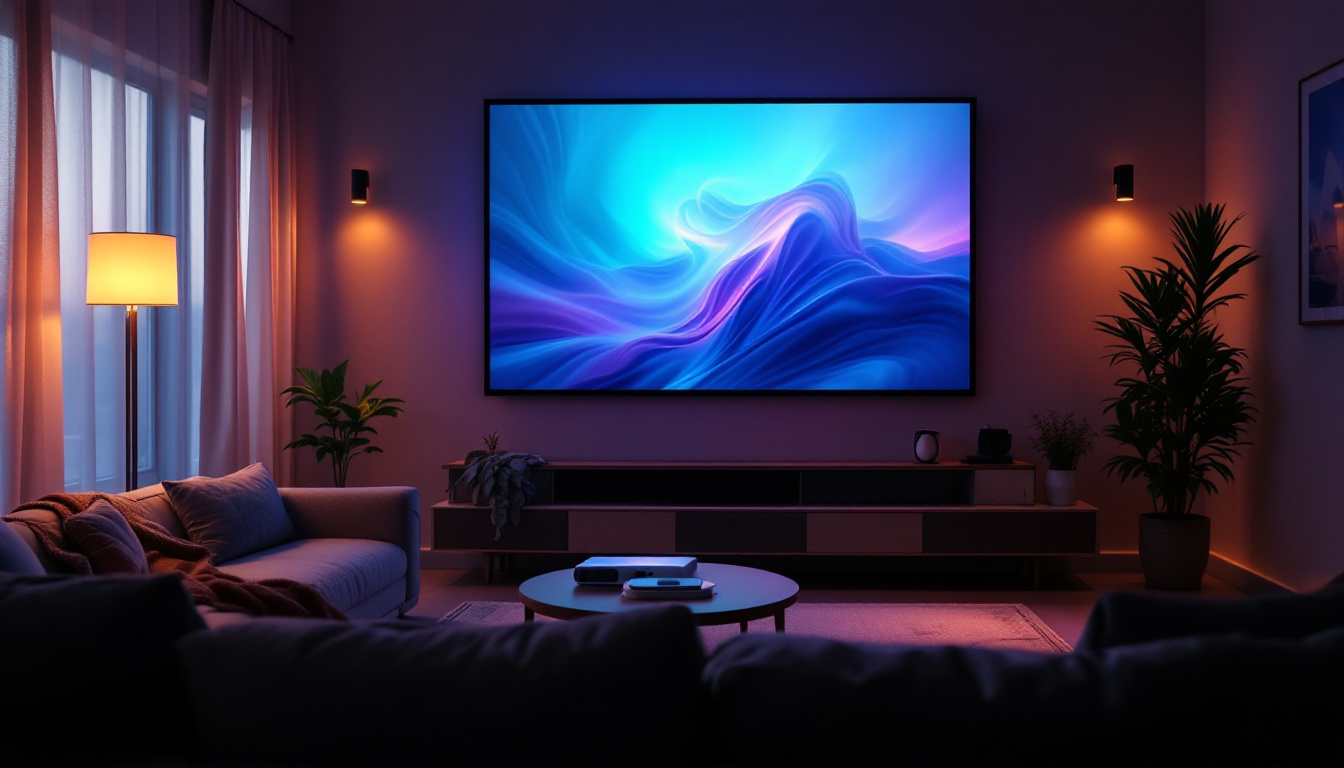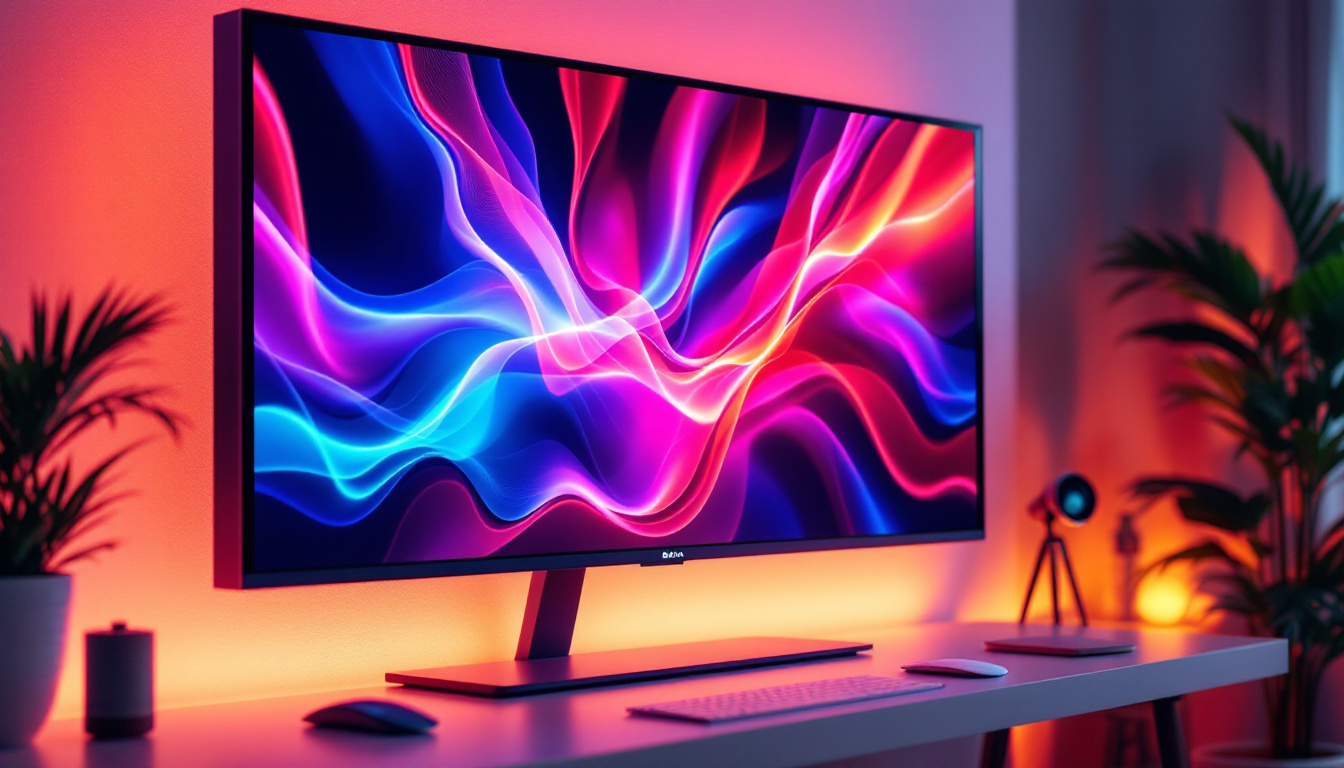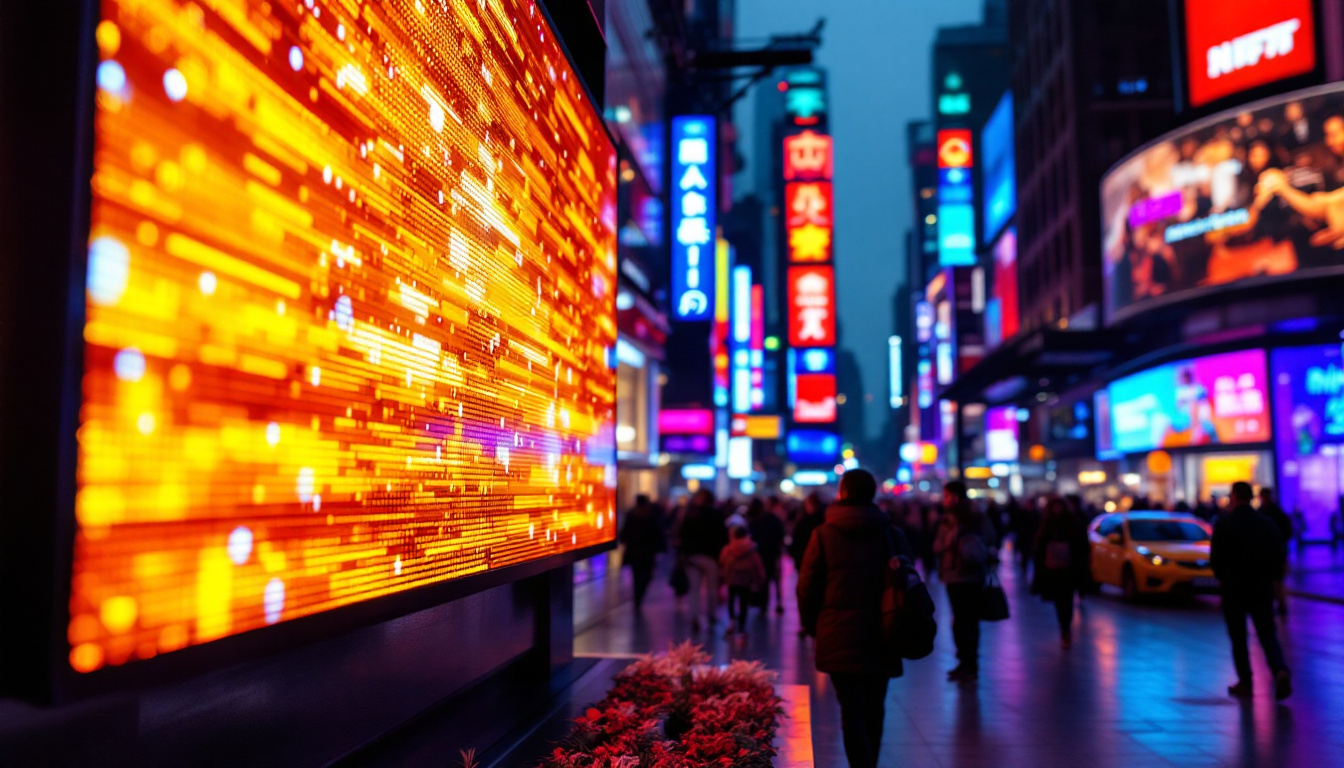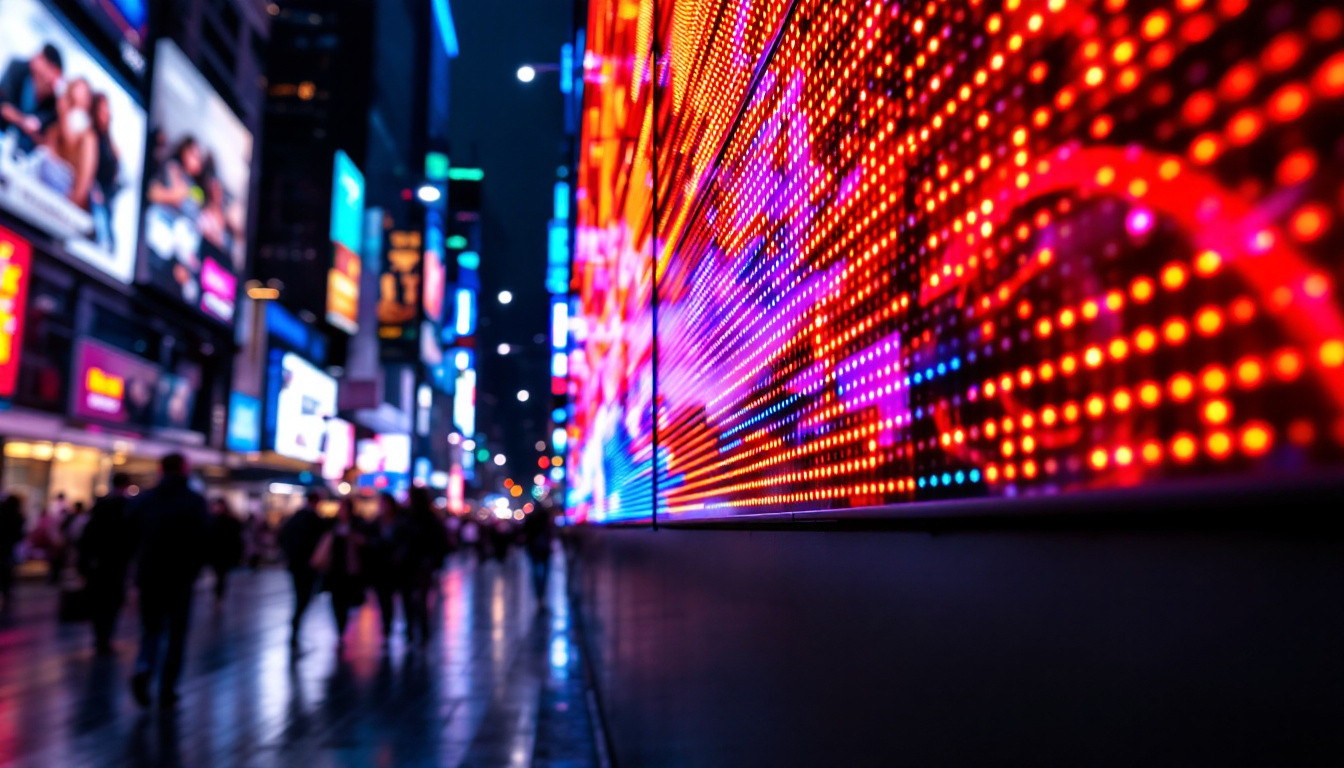In the world of digital displays, the term “moire” often surfaces, particularly when discussing LED screens. This phenomenon can be perplexing for many users and professionals alike. Understanding moire patterns is essential for anyone involved in photography, videography, or even general screen usage. This article delves into what screen moire is, how it occurs, and its implications for LED displays.
What is Moire?
Moire is an optical phenomenon that occurs when two patterns overlap, creating a new pattern that can be visually distracting or confusing. This effect is commonly seen in textiles, printed images, and digital displays. When two grids or patterns are overlaid, the interference can result in a series of wavy lines or ripples that are not present in either of the original patterns.
How Moire Patterns Form
Moire patterns typically form when a fine grid or pattern is viewed through another similar grid. In the case of LED displays, this can happen when the pixel grid of the screen interacts with the grid of an image or video being displayed. The result is a visual distortion that can detract from the overall quality of the image.
For instance, when a high-resolution image containing fine details is displayed on a screen with a lower resolution, the pixel structure of the display can interfere with the image, leading to the creation of these unwanted patterns. This is particularly common in images with repetitive textures, such as stripes or checks. The phenomenon can also occur in printed materials, where the halftone dots used in printing can interact with the patterns in the image, producing unexpected results that can be difficult to predict.
Examples of Moire in Everyday Life
Moire patterns can be encountered in various scenarios. Photographers often face this issue when capturing images of patterned fabrics or surfaces. Similarly, graphic designers may notice moire effects when printing images that contain intricate details. In both cases, the overlapping patterns can lead to unexpected visual artifacts that can compromise the quality of the final product.
Moreover, moire is not limited to still images. In video production, the phenomenon can appear when filming subjects wearing patterned clothing or when using certain camera settings that exacerbate the effect. Understanding how to manage and mitigate moire is crucial for professionals in these fields. Techniques such as adjusting the angle of the camera, changing the distance from the subject, or using post-processing software to reduce the effect can be employed to minimize moire. Additionally, choosing solid colors or less intricate patterns for clothing and backgrounds can help prevent the occurrence of moire in both photography and videography.
In the realm of digital art and design, artists must also be aware of moire effects, especially when creating intricate patterns or textures. The use of software tools that allow for precise control over pixelation and resolution can help artists avoid the pitfalls of moire. Furthermore, understanding the principles behind this phenomenon can enhance an artist’s ability to create visually compelling works without the interference of unwanted patterns. As technology continues to evolve, the methods for detecting and correcting moire patterns are becoming more sophisticated, allowing for clearer and more vibrant visual presentations across various media.
The Role of LED Technology
LED (Light Emitting Diode) technology has revolutionized the way displays are designed and used. LED screens are known for their brightness, energy efficiency, and ability to produce vibrant colors. However, the structure of LED displays can also contribute to the occurrence of moire patterns.
How LED Displays Work
LED displays consist of numerous tiny light-emitting diodes that form pixels. These pixels are arranged in a grid format, and each pixel can emit different colors and intensities of light. When images are displayed, the combination of these pixels creates the overall picture that viewers see.
The grid structure of LED displays is a key factor in the formation of moire patterns. When high-resolution images are displayed, the pixel arrangement can interfere with the details of the image, leading to the emergence of moire. This is particularly noticeable when the image contains fine lines or repetitive textures. The interaction between the pixel grid and the image resolution can create an optical illusion that distorts the intended visual output, which can be frustrating for designers and viewers alike.
Factors Influencing Moire in LED Displays
Several factors can influence the likelihood of moire patterns appearing on LED displays. The resolution of the display plays a significant role; higher-resolution screens tend to minimize the occurrence of moire by providing more pixels to accurately represent fine details. Additionally, the viewing distance can impact how noticeable the moire effect is. The closer a viewer is to the screen, the more pronounced the moire patterns may appear.
Another factor is the quality of the image being displayed. Images with high contrast and fine details are more susceptible to moire. Conversely, images with softer edges and less intricate patterns are less likely to produce noticeable moire effects. Moreover, the refresh rate of the display can also be a contributing factor; displays with higher refresh rates can reduce flickering and improve the overall visual experience, which may help in mitigating moire patterns. Understanding these variables is crucial for both manufacturers and consumers to optimize display performance and enhance viewing experiences.
Furthermore, advancements in LED technology have led to the development of various display types, such as OLED and MicroLED, which offer different approaches to pixel arrangement and light emission. These technologies aim to address some of the limitations associated with traditional LED displays, including moire patterns. For instance, OLED screens utilize organic compounds to emit light, allowing for more precise control over pixel illumination and potentially reducing the risk of interference that leads to moire. As the industry continues to innovate, it is essential to keep an eye on how these emerging technologies will shape the future of visual displays and their susceptibility to optical artifacts like moire.
Mitigating Moire Patterns
While moire patterns can be an annoyance, there are several strategies that can be employed to mitigate their effects. Whether in photography, videography, or display technology, understanding how to reduce moire can lead to better visual outcomes.
Techniques for Photographers
For photographers, one of the most effective ways to reduce moire is to adjust the camera settings. Changing the aperture, shutter speed, or ISO can sometimes help to minimize the effect. Additionally, using a low-pass filter can soften the image slightly, which may help to reduce the visibility of moire patterns.
Another technique involves changing the angle or distance from which the photo is taken. By altering the perspective, the overlapping patterns may be less pronounced, resulting in a cleaner image. Experimenting with different focal lengths can also yield varying results in terms of moire reduction.
Solutions for Video Production
In video production, similar strategies can be employed to combat moire. Adjusting camera settings, such as frame rate and resolution, can help to minimize the effect. Additionally, using a different lens or changing the focal length can alter the way patterns are captured, potentially reducing moire.
Moreover, post-production techniques can also be utilized to address moire patterns in video footage. Software tools that allow for selective blurring or color correction can help to diminish the visibility of these patterns, leading to a more polished final product.
The Future of LED Displays
As technology continues to advance, the design and functionality of LED displays are evolving. Innovations in display technology may lead to solutions that further reduce the occurrence of moire patterns, enhancing the viewing experience for users.
Advancements in Display Resolution
One of the most significant advancements in display technology is the increase in resolution. With the development of 4K and 8K displays, the pixel density is higher than ever before. This increase in resolution allows for more accurate representation of fine details, which can help to minimize the occurrence of moire patterns.
As manufacturers continue to push the boundaries of display resolution, users can expect clearer and more vibrant images, with fewer visual artifacts. This trend is likely to continue as technology progresses, leading to enhanced viewing experiences across various applications.
Innovative Display Technologies
In addition to higher resolutions, new display technologies, such as OLED (Organic Light Emitting Diode) and microLED, are emerging. These technologies offer improved color accuracy, contrast ratios, and viewing angles, which can also contribute to reducing moire effects. By leveraging the unique properties of these technologies, manufacturers can create displays that not only look better but also minimize unwanted visual artifacts.
Furthermore, advancements in image processing algorithms can play a crucial role in mitigating moire patterns. As software becomes more sophisticated, it can intelligently detect and reduce moire in real-time, enhancing the overall visual quality of the display.
Conclusion
Screen moire is a fascinating optical phenomenon that can significantly impact the quality of images displayed on LED screens. Understanding the causes and effects of moire is essential for photographers, videographers, and anyone who works with digital displays. By employing various techniques to mitigate moire patterns, users can enhance their visual experiences and produce higher-quality results.
As technology continues to evolve, the future of LED displays looks promising. With advancements in resolution and innovative display technologies, the occurrence of moire patterns is expected to diminish, leading to clearer and more vibrant images. Whether for professional use or personal enjoyment, staying informed about moire and its implications will help users make the most of their LED displays.
Explore Cutting-Edge LED Displays with LumenMatrix
Ready to experience the future of visual displays without the distraction of moire patterns? LumenMatrix is at the forefront of LED display technology, offering an array of innovative solutions that bring your visual content to life. From Indoor and Outdoor LED Wall Displays to specialized options like Vehicle, Sports, and Floor LED Displays, our products are designed to captivate and engage. Discover how our Custom, All-in-One, and Transparent LED Displays can transform your visual communication. Check out LumenMatrix LED Display Solutions today and elevate your brand visibility with unparalleled clarity and impact.

